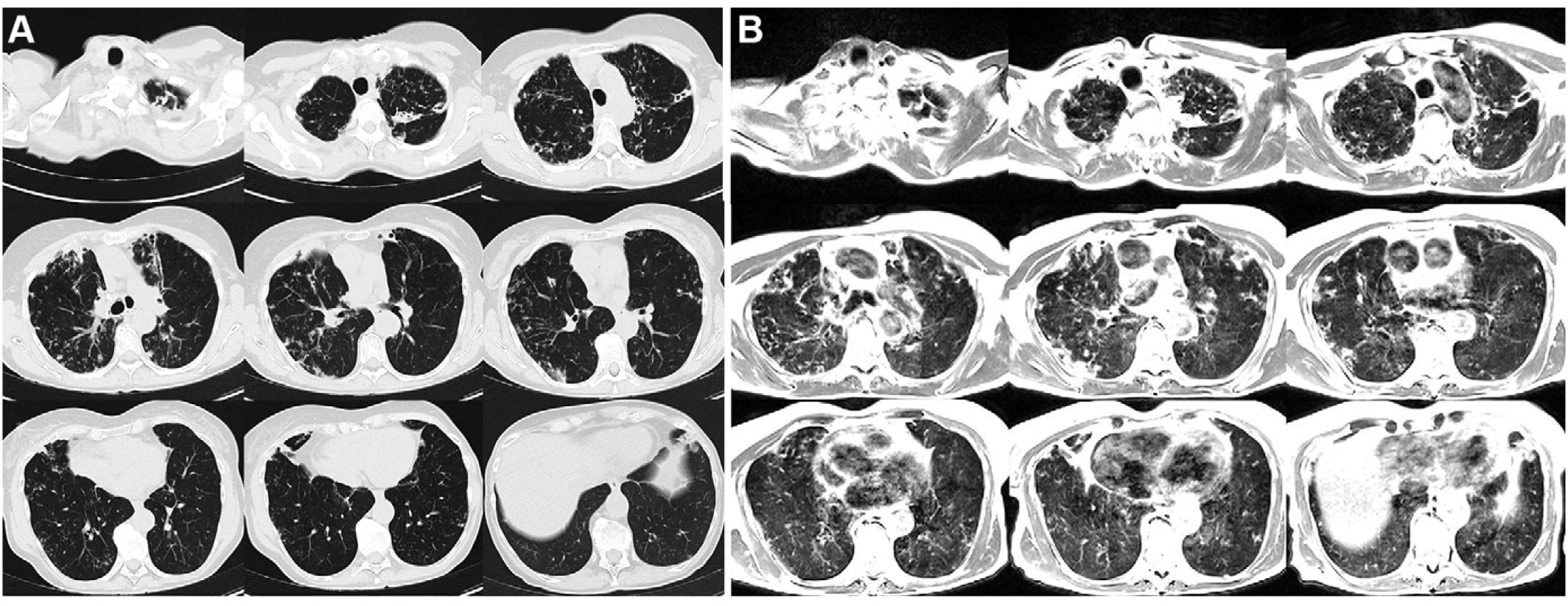0.55T MRI Effective in Lung Imaging
Low-field strength MRI can successfully visualize common lung problems.
In the next step toward increasing MRI use with lung imaging, new research shows 0.55T MRI has the potential to effectively reveal common lung abnormalities.
While CT is largely employed for lung imaging, MRI is an attractive alternative because it is free of ionizing radiation. Ongoing efforts have explored the use of 1.5T and 3.0T MRI, but this is the first investigation to assess whether 0.55T can be useful clinically.
In a study published June 10 in Radiology: Cardiothoracic Imaging, a team of researchers from National Institutes of Health shared data that shows capturing lung images with a 0.55T MRI with a closed-bore super-conducting magnet design performs comparably to conventional CT.
Related Content: 0.55T MRI Performs Comparably to CT with COVID-19 Imaging
“Our findings in this small sample of patients indicate excellent image quality that shows promise for clinical diagnosis and evaluation of common lung diseases,” said the team led by Adrienne E. Campbell-Washburn, Ph.D., the staff scientist who leads the National Heart, Lung, and Blood Institute’s Laboratory of MRI Technology.
For their study, they captured respiratory-triggered T2-weighted turbo-spin echo MRI image sets on 18 participants with common lung abnormalities between November 2018 and December 2019. The average participant age was 59 years, and the average acquisition time was 10.5 minutes.
Axial multi-section imaging yielded full lung coverage using (A) CT (reformatted to 0.8 × 0.8 × 6 mm) and (B) T2-weighted MRI (1.1 × 1.1 × 6 mm) in a 69-year-old woman with bronchiectasis, cavitary lesions, and scattered pulmonary nodules.
Credit: RSNA

The MRI images were captured with a clinical 1.5T MRI that had been modified to operate at 0.55T. Lung imaging was performed with an 18-channel spine phased-array coil and a six-channel body phased-array coil for 0.55T.
Axial multi-section imaging yielded full lung coverage using (A) CT (reformatted to 0.8 × 0.8 × 6 mm) and (B) T2-weighted MRI (1.1 × 1.1 × 6 mm) in a 41-year-old woman with lymphangioleiomyomatosis resulting in innumerable thin-walled pulmonary cysts.
Credit: RSNA

Three radiologists assessed the exams, compared them to the same images captured with conventional CT, and graded them on a five-point scale with “1” indicating the images were non-diagnostic in quality and “5” indicating excellent image quality.
According to their evaluation, most of the images were deemed “good,” with 37 out of 54 images receiving a score of 4 or 5. Overall, the team said, there was almost perfect consensus between MRI and CT for consolidations, cavitation, mucus plug, scattered nodules, bronchiectasis or bronchial wall thickening, and pleural effusion (k range, 0.61 to 1). However, there was less agreement between the modalities for ground-glass opacities, tree-in-bud pattern nodularity, and scarring (k range, 0.48 to 0.57).
The next step, the team said, is an effort to focus on eliminating motion artifacts that cause image-quality disruptions.
For more coverage based on industry expert insights and research, subscribe to the Diagnostic Imaging e-Newsletter here.
Could Ultrafast MRI Enhance Detection of Malignant Foci for Breast Cancer?
April 10th 2025In a new study involving over 120 women, nearly two-thirds of whom had a family history of breast cancer, ultrafast MRI findings revealed a 5 percent increase in malignancy risk for each second increase in the difference between lesion and background parenchymal enhancement (BPE) time to enhancement (TTE).
MRI Study Suggests Shape of White Matter Hyperintensities May Be Predictive of Cognitive Decline
April 7th 2025Emerging research demonstrated that cognitive declines in memory, executive function and processing speed domains were associated with irregular shape of periventricular/confluent white matter hyperintensities.
Can Abbreviated MRI Have an Impact in Rectal Cancer Staging?
April 4th 2025Abbreviated MRI demonstrated a 95.3 percent specificity for rectal cancer and provided strong agreement with the full MRI protocol for T staging and detection of extramural venous invasion, according to newly published research.